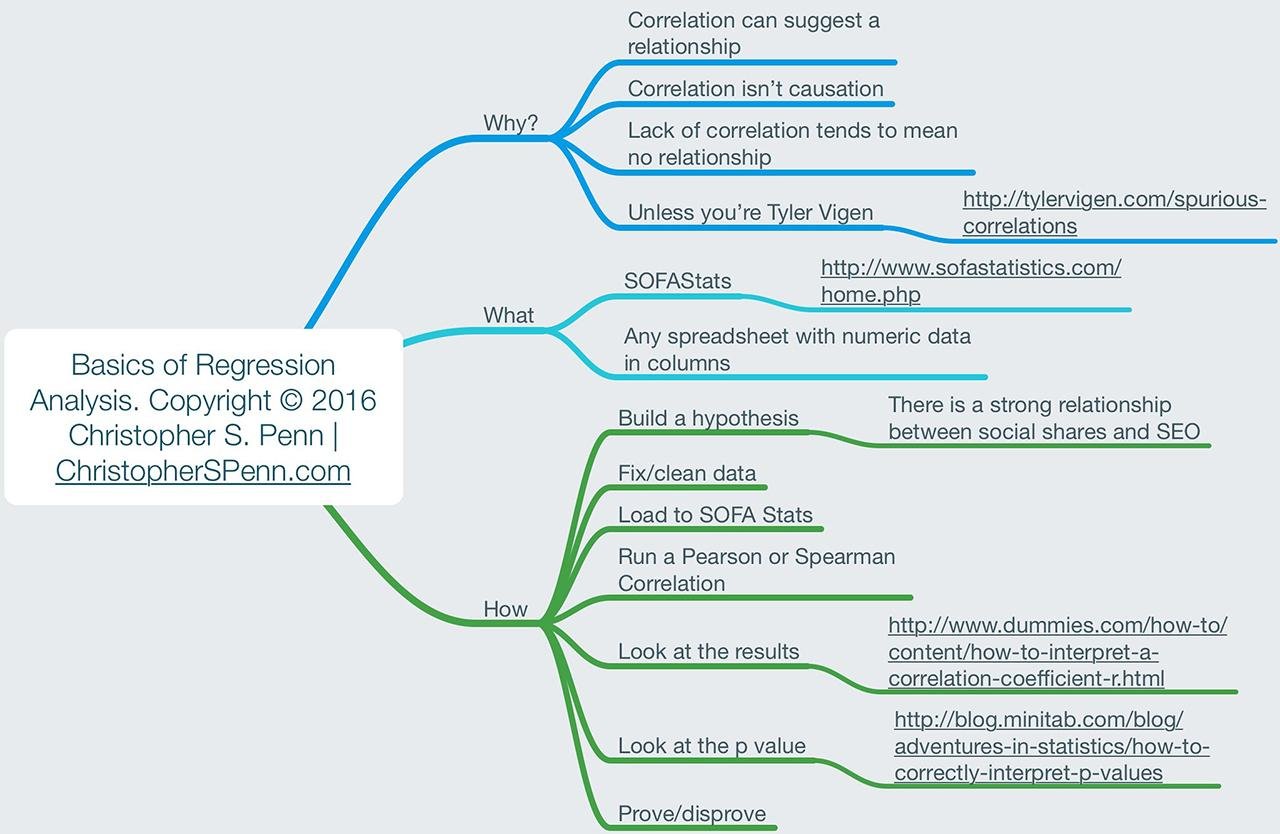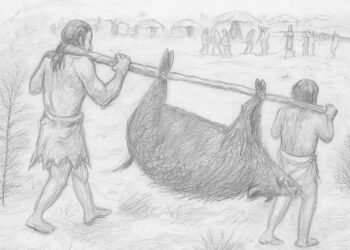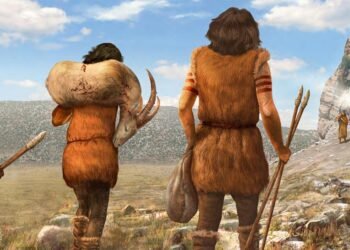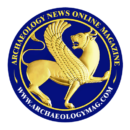Regression analysis is a statistical method commonly used in archaeology to explore and quantify relationships between variables. It allows archaeologists to examine how changes in one variable are associated with changes in another variable, helping them understand the underlying processes that shaped past human behavior and the archaeological record.
In archaeology, regression analysis is often employed to investigate relationships between archaeological data, such as artifact attributes, site characteristics, or environmental factors. By establishing statistical associations, archaeologists can infer patterns, make predictions, or test hypotheses about past societies and their activities.

There are several types of regression analysis techniques used in archaeology, including simple linear regression, multiple regression, and logistic regression, among others. The choice of regression method depends on the nature of the data and the research question being addressed.
Simple linear regression is used when there is a single independent variable (predictor) and a single dependent variable (outcome). For example, an archaeologist may use simple linear regression to examine the relationship between the size of a burial mound (independent variable) and the number of grave goods found within it (dependent variable). The analysis produces a regression equation that describes the linear relationship between the variables and allows for prediction or estimation.
Multiple regression is employed when there are multiple independent variables that may collectively influence a dependent variable. This technique enables archaeologists to assess the relative importance of each predictor variable while controlling for the effects of others. For instance, multiple regression can be used to explore how factors like settlement size, distance to water sources, and topography influence the distribution of archaeological sites.
Logistic regression is employed when the dependent variable is categorical, such as the presence or absence of a particular artifact type or the occurrence of a specific cultural practice. Logistic regression estimates the probability of an event occurring based on a set of predictor variables. For example, logistic regression could be used to determine the factors that influence the presence of pottery-making technology in different archaeological contexts.
Regression analysis in archaeology is not without challenges. It assumes that relationships observed in the archaeological record can be reasonably modeled by statistical techniques. However, archaeological data often contain complex patterns influenced by various factors, including cultural, social, and environmental dynamics. Therefore, careful consideration must be given to the selection of appropriate variables, data quality, and potential confounding factors.
Despite these challenges, regression analysis is a powerful tool for exploring relationships in archaeological data. It helps archaeologists identify significant variables, quantify their effects, and make informed interpretations about past human behaviors and cultural processes.























Comments 0